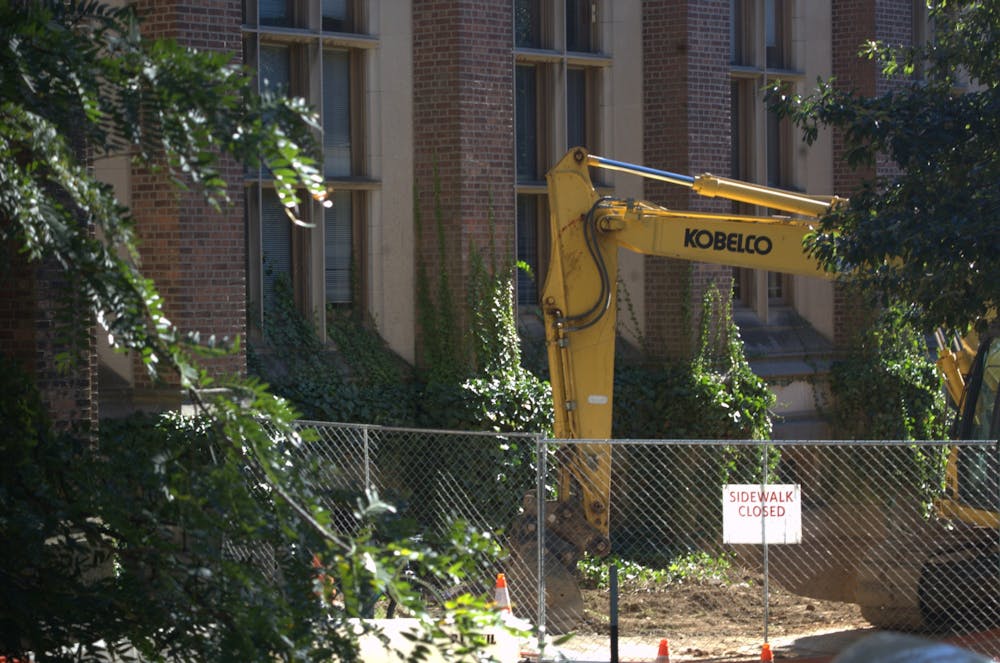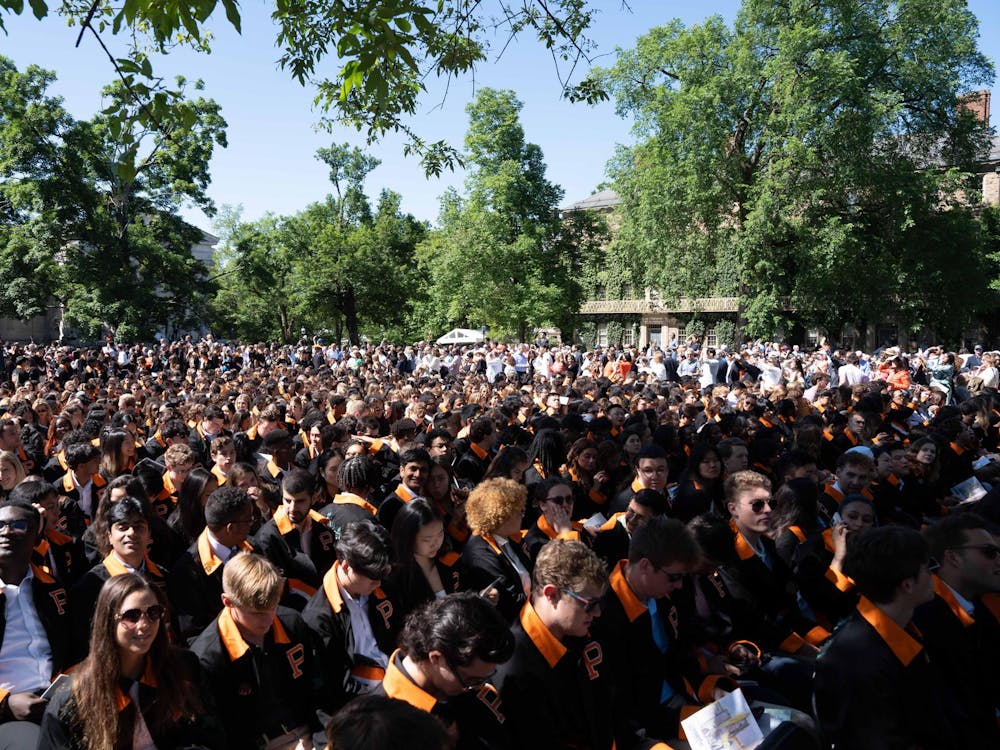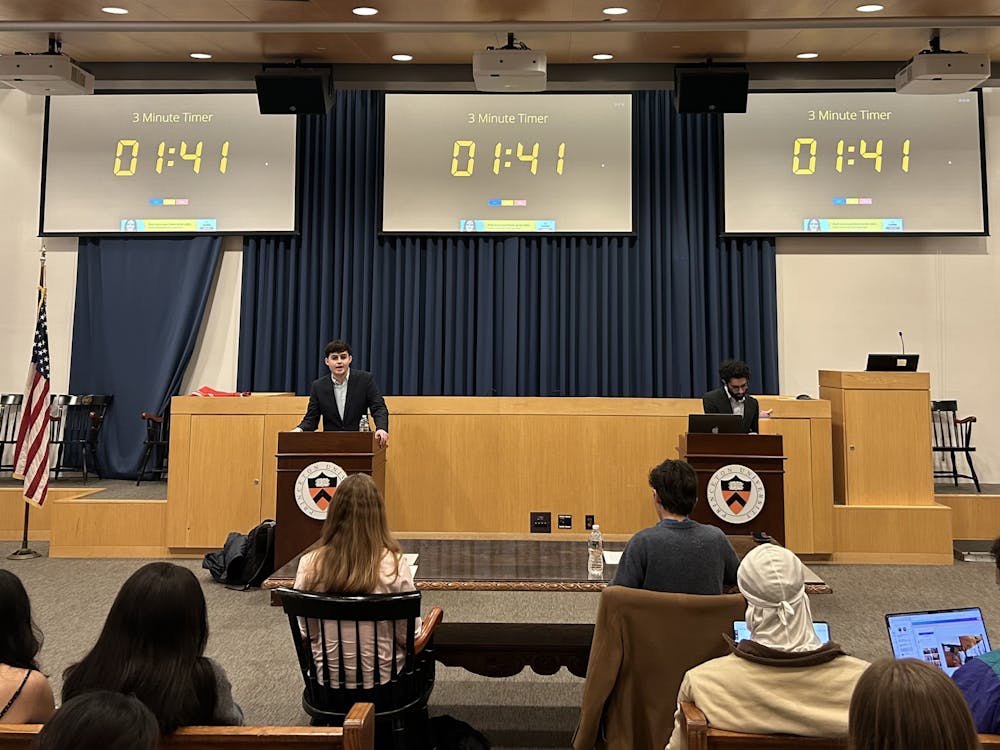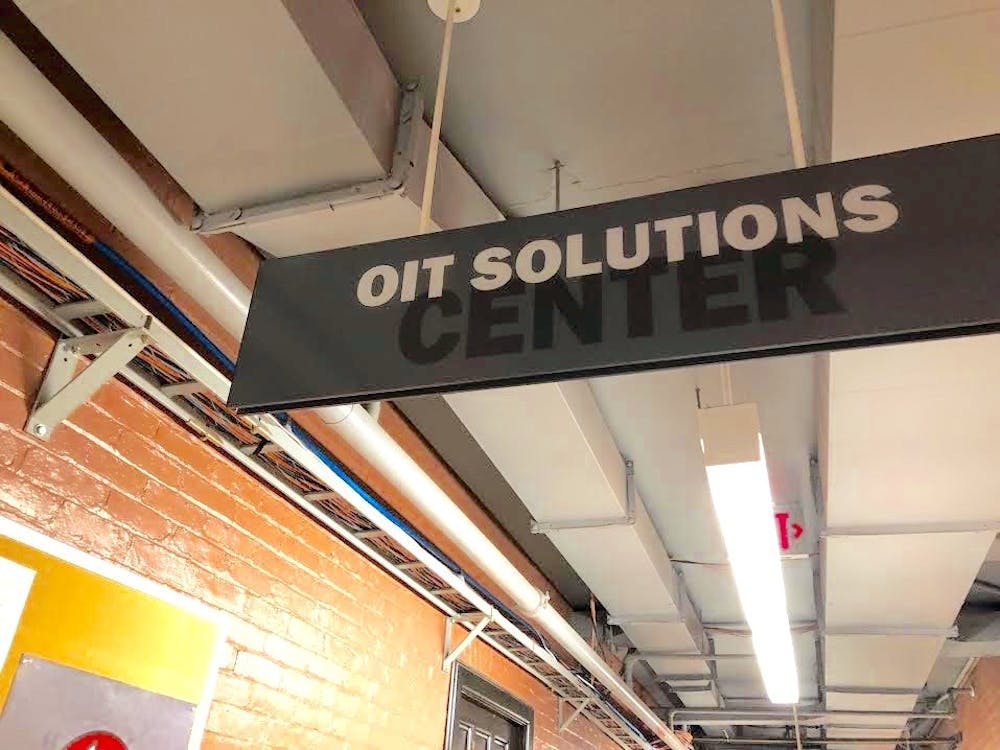The following is a guest contribution and reflects the author’s views alone. For information on how to submit a piece to the Opinion section, click here.
Guyot Hall laboratory was once the world’s foremost center of research on bioluminescence. Once, Biology professor Edmund Newton Harvey, the world’s leading scientist on bioluminescence and the man who discovered firefly illumination, worked in the building. I am connected to him in two ways: First, one of his students ultimately became a faculty member and oversaw a Nobel prize winning discovery in the lab where I work today. Second, he spent his workdays — and hopefully not too many weekends — inside the same building where I spend mine.
My office sits in the extension between Guyot and Moffett, and over the past five years I’ve developed my own interest in both buildings. But soon, the historic Guyot will cease to exist. From the outside, it may look unchanged. But the inside will be transformed into Schmidt Hall, redesigned to house the Department of Computer Science.
Guyot has changed many times and housed multiple departments, including biology. But as the building changes so dramatically this time, I am concerned that students, faculty, and staff will lose touch with its deep history. The physical space connects Princetonians present with the scientific legacy of Princeton past. Once that is gone, it will be nearly impossible to recover.
Guyot Hall means different things to different people. To some, it’s that building with the dinosaur and the big globe. To others, it’s the one with a dozen or so fascinating gargoyles. To those who have been here long enough, it was the home of the Museum of Natural History. When I walk through the halls that generations of great scientists have walked since Guyot was built in 1909, I am in awe of their discoveries.
Lauded for his discoveries, Harvey became the namesake for several species including the bioluminescent bacterium Vibrio harveyi. Current faculty member Bonnie Bassler has continued the work on V. harveyi, revealing how microbes communicate through chemical signals — Princeton connects scientific breakthroughs a hundred years apart.
This history is already so little known that without the physical building to remind us of our connection to it, it risks permanently being lost.
I didn’t even know that Harvey taught at Princeton until Professor Bassler told me. Even then, neither of us knew exactly where his office was.

Last winter, this question bothered me enough that I decided to investigate. I asked everyone I met — no luck. I went to Mudd Library to examine Harvey’s personnel file – faculty personnel files are accessible 100 years after their birthdate. The only relevant clue was a card listing his office and residence addresses. His office? Room 1 of Guyot Hall. But when I went looking, that room didn’t seem to exist. I searched for several days with no luck — how could Room 1 not exist? There is no indication — no plaque, no online record — that a space in Guyot once belonged to one of the world’s leading scientists.
Harvey is just one story. How many other faculty have worked in Guyot’s spaces over the decades? Soon these spaces will be completely redesigned, and their history erased as the building becomes home to computer science.
To me, a building is never “just” a building. It holds the stories of the people and the discoveries that shaped our world. The buildings connect us across time. And Guyot is not alone: As the University continues to expand and renovate, the histories of many other buildings could be lost.
From what I’ve gathered after contacting several University offices, there is no University plan to preserve Guyot’s history in any form — not even a digital one. This isn’t about anyone neglecting their job — it’s the kind of responsibility that easily falls through the cracks. Ultimately, it will require a decision at the University level to get done. History does not preserve itself — we have to fight for it. In a few years, Guyot Hall’s walls will echo with new conversations, but the panels that remind us of the voices of the past will be gone, and the voices with them unless we capture them now.

There are a number of ways to preserve Guyot’s rich history. Imagine, for example, a virtual map of the building, showing which scientists worked in which spaces over the past 100 years, paired with photos and stories. That could honor more than a century of science at Princeton and inspire future students and scientists.
If we don’t work to preserve the history of the great science that happened here, no one else will. And once it’s gone, it’s gone forever.
Moamen M. Elmassry is an associate research scholar in Molecular Biology. He works in the Laboratory of Mohamed S. Donia. He may be reached at elmassry[at]princeton.edu.
Please send any corrections to corrections[at]dailyprincetonian.com.








